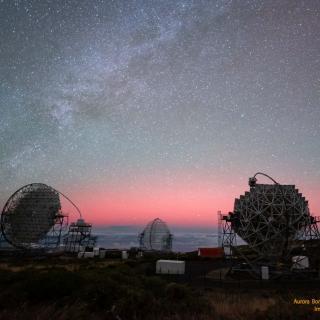From August 1, Valentín Martínez Pillet, a researcher at the Instituto de Astrofísica de Canarias (IAC) will take on the rôle of Director of the National Solar Observatory (NSO) in New Mexico and Arizona (USA). This institution, part of the Association of Universities for Research in Astronomy, is a world-leading centre for solar studies, along with the IAC and its Teide Observatory.
Martínez Pillet (born in Alicante, 1964) has spent the greater part of his professional career at the IAC. At present, he co-directs the working group for the polarimetric and helioseismic instrument that will fly on board the next European Space Agency mission. He is also the Principal Investigator of the magnetographic imaging experiment forming part of the balloon-borne Sunrise solar telescope, developed by the Max Planck Institute for Solar Research.
Having passed several selection committees at the Association of Universities for Research in Astronomy (AURA) headquarters, Martínez Pillet was chosen from a list of distinguished figures in solar physics. For the next five years, the duration of this first mandate, the IAC astrophysicist will take on the challenge of pursuing the NSO’s mission, which provides state-of-the-art instrumentation for the scientific community engaged in the study of the Sun, not only as an astronomical object but also as an agent exercising an extreme influence on the Earth.
Among his main tasks, Martínez Pillet will head the development of The Advanced Technology Solar Telescope (ATST), which will be the NSO’s primary instrument for solar observing and the world’s most powerful solar observatory. The ATST is currently being built at the Haleakalā Observatory in Maui (Hawaii).
Two Spanish astrophysicists from the IAC will therefore be leading the two most important solar telescope projects in the world: Martínez Pillet in the United States and Manuel Collados, head of the European Solar Telescope (EST), of similar characteristics to the ATST, to be located in the Canary Islands. Collados also leads work on the creation of a spectrograph for GREGOR, the largest solar telescope in Europe, located at the Teide Observatory.


